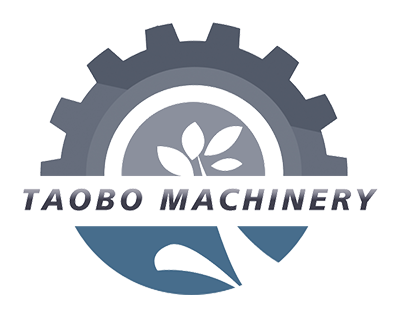The air screen cleaner is the most widely used general-purpose cleaning equipment in the agricultural field. Its core function is to remove impurities (mainly light impurities and impurities of different sizes) from grains, beans, oilseeds and other materials through the synergistic effect of “air cleaning (air separation)” and “screen screening (screening)”. It has the characteristics of simple structure, low cost and strong adaptability. It is widely used in farmers and small and medium-sized processing plants for primary and semi-fine cleaning operations.
The air screening machine’s workflow follows the order of “first air separation to remove light impurities → then screening to separate by size”, ensuring that impurities are gradually separated and preventing clogging in the screening process:
Step 1: Feeding and Pre-air Separation
Sorghum is poured from the feed hopper and evenly conveyed to the airflow channel via the screw feeder (the feed rate is controlled at 80%-90% of the equipment’s rated capacity to avoid overloading).
At the same time, a centrifugal fan is activated, generating a horizontal airflow. As the air flows through the airflow channel, it blows light impurities (broken leaves, shrunken sorghum) from the sorghum into the settling chamber. The light impurities fall into the settling chamber due to the weakened airflow and are discharged through the light impurity outlet.
Qualified sorghum (with a higher specific gravity) is not affected by the strong airflow and falls through the channel onto the vibrating screen below. Step Two: Multi-layer Screening and Separation
The sorghum falls onto a three-layer vibrating screen. Driven by a vibrating motor, the screen vibrates at high frequency, slowly moving the sorghum across the screen from the feed end to the discharge end, separating it into separate particles by size:
The upper screen (pore size approximately 5.0-5.5mm, larger than the wheat diameter of 3.5-4.0mm) intercepts large impurities and discharges them through the “large impurity outlet” as they vibrate.
The middle screen (pore size approximately 3.0-3.2mm, smaller than the sorghum diameter) prevents qualified sorghum particles from passing through, remaining on the screen and discharging them through the “clean material outlet” (i.e., clean sorghum after cleaning).
The lower screen (pore size approximately 1.5-2.0mm) intercepts small impurities (such as sorghum grains, fine soil, and weed seeds) that pass through the middle screen and are discharged through the “small impurity outlet” as they vibrate. (Some of the broken particles can be recovered through a secondary screening process.)
Step 3: Parameter Fine-Tuning and Stabilizing Operation
During the cleaning process, observe the condition of the material at each outlet through the “observation window”: If there are still minor impurities in the clean material, increase the air damper (increase the air speed); if qualified sorghum is mixed with minor impurities, replace the middle screen with a larger aperture; if sorghum is mixed with major impurities, check the upper screen for damage.
After stabilizing operation, sample the clean material every 15 minutes to ensure the impurity rate is ≤1%.
The air screen cleaner is a “cost-effective general-purpose cleaning equipment” suitable for small and medium-sized primary cleaning operations. However, its limitations (inability to remove stones and sort functional impurities) must be clearly understood. If higher-precision cleaning is required (such as seed cleaning and winemaking grain cleaning), it must be combined with specialized equipment such as a gravity de-stoning machine and a color sorter to form a complete process of “air sieve primary cleaning → gravity de-stoning → color sorting and final cleaning.”
Post time: Oct-13-2025










